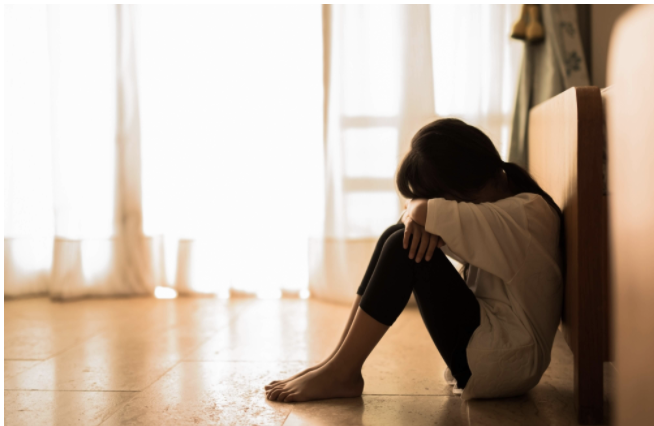5 Simple ways to Support Your Mental Health & Wellness
millions of Americans have been asked to stay home in hopes of slowing the spread of Covid-19. In these unprecedented times of health and financial uncertainty, many people are experiencing feelings of anxiety and depression. Here are some things you can do to cope when you are feeling overwhelmed
1. Get Moving
While most people understand the physical benefits of staying active, it can also help to support your mental and emotional wellbeing. According to the Anxiety and Depression Association of America (ADAA), regular aerobic exercise has been shown to benefit your mental health in the following ways:
- Decreases overall tension
- Elevates and stabilizes mood
- Improved sleep quality
- Improves self-esteem
2. Try Journaling
When you find yourself experiencing distressing emotions like anxiety and depression, finding a way to release these feelings can provide you with some relief. When you have negative thoughts, getting them out on paper can be cathartic. Putting your thoughts and feelings into words can help you work through them.
3. Practice Deep-Breathing
When you find yourself feeling overwhelmed, deep breathing can help by triggering your body’s natural relaxation response. According to the American Institute of Stress (AIS) the relaxation response helps to change the body’s physical and emotional responses to stress.
4. Get Better Quality Rest
There is a direct link between your sleep habits and your mental health as disrupted sleep patterns are often seen in many mental health issues. Not getting enough sleep can increase feelings of distress and vice versa. According to the National Sleep Foundation, it is recommended that adults over the age of 18 get an average of 7 to 9 hours of sleep each night.
If you find yourself having trouble falling asleep or staying asleep, try some of these tips to help you get better quality sleep:
- Make a sleep schedule and stick to it.
- Make your bedroom an electronics-free zone.
- Set boundaries around watching, listening to, or reading the news. Give yourself a couple of hours before bedtime without adding any potentially stressful information.
- Keep your bedroom cool and dark.
- Avoid taking long naps throughout the day, especially in the afternoon.
- Get regular exercise, just not right before bed.
- Limit alcohol and tobacco consumption.
- Create a relaxing bedtime ritual, such as takingwarm shower or bath..
5. Seek Help
When you feel as though your mental health is suffering, admitting that you need help is not a sign of weakness. Seeking help is the first step toward wellness and recovery. Reach out to your support network or a mental health professional. You do not have to navigate your feelings and concerns alone
Mental Health Services in Butte County
Since opening our doors in 2008, Therapeutic Solutions has provided high-quality behavioral healthcare to individuals in Butte County and surrounding communities. If you or a loved one is struggling with depression, anxiety, PTSD, or any other behavioral health concern, we can help with a treatment plan tailored to your specific needs.
Call ustoday at (530) 899-3150 for an assessment and more information about our behavioral h










